#chinese mythology
Text

The story of Chang'e, the Chinese moon goddess, has been stalking me lately and every time it finds me again I think to myself: Glimbow AU? Because, you know, immortal moon goddess, plus her love, Hou Yi, was a legendary mortal archer so it's tempting.
But then I remember that every version of the myth involves the mortal she loves dying and them being parted forever as she ends up trapped alone on the moon, missing him for all eternity, and I decide, no, we're not doing that.
Anyway, here is an older Glimmer feeling contemplative on the moon for no particular reason.
#glimmer#chang'e#moon goddess#moon#spop#glimbow#shera#she ra#chinese mythology#tippen attempts art#fanart#art#artists on tumblr
39 notes
·
View notes
Text

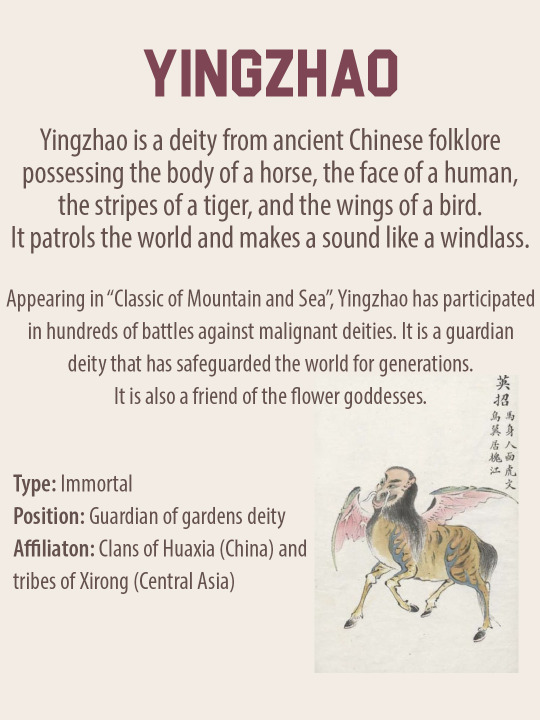
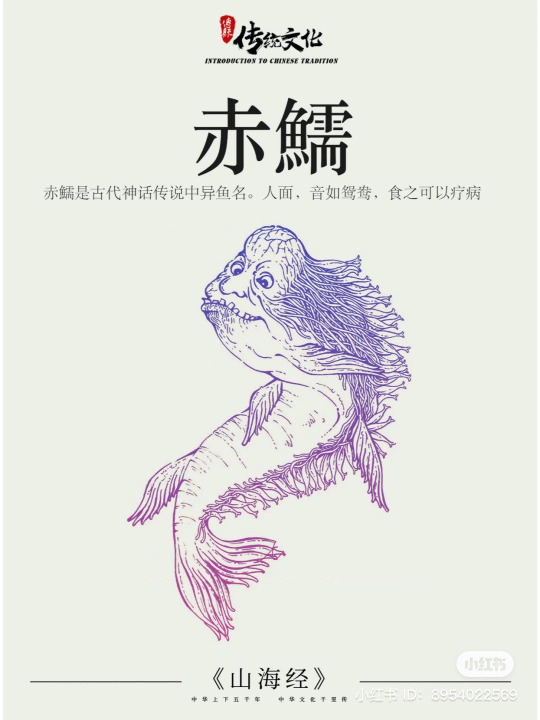

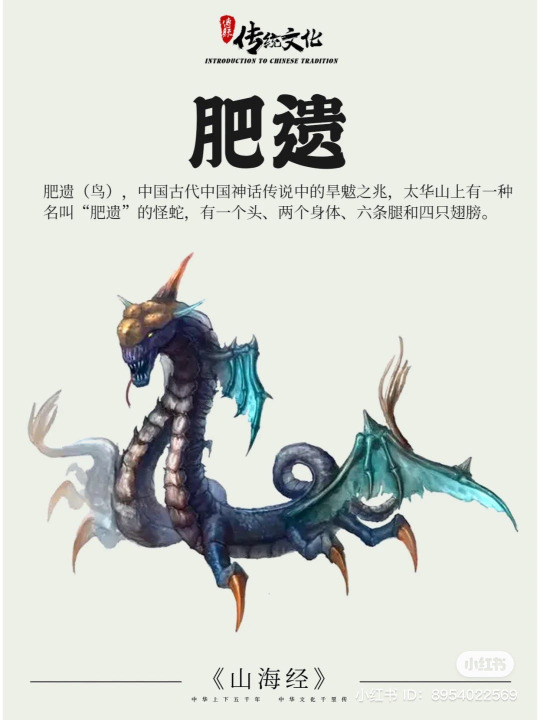

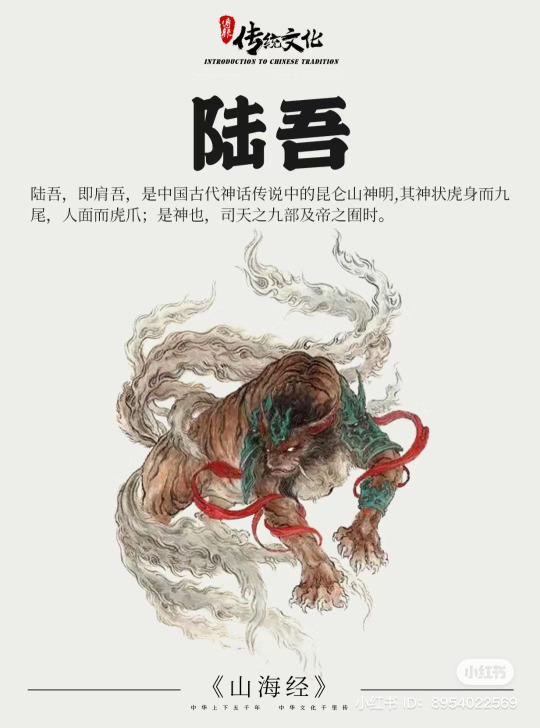
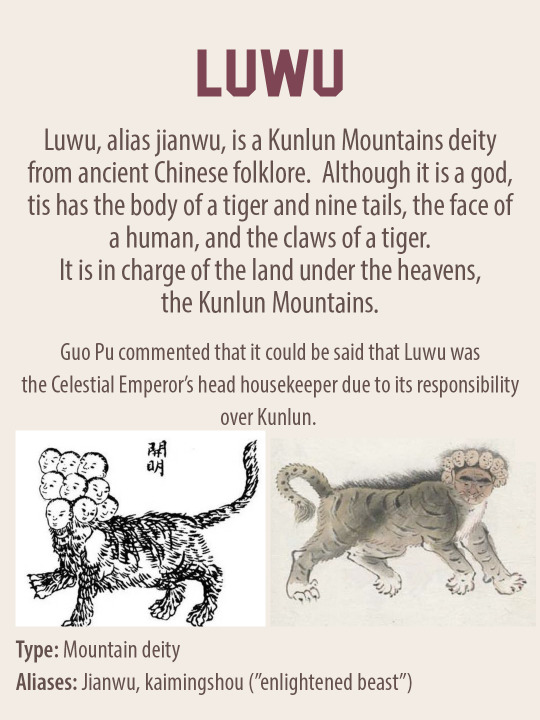
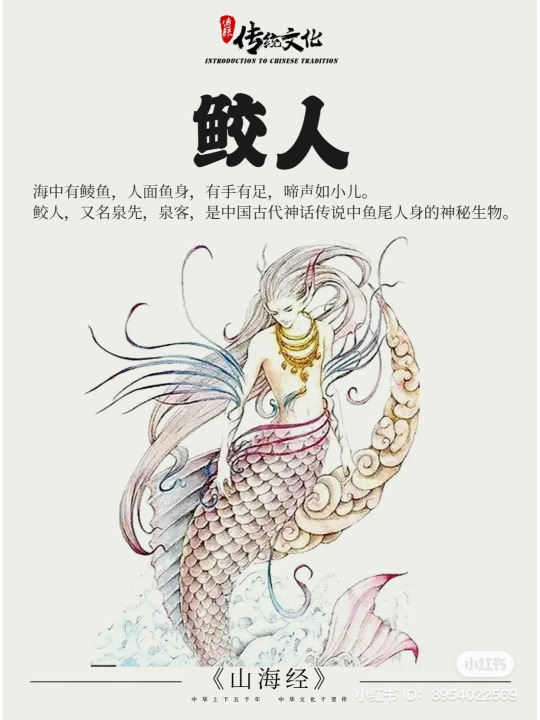

A look at a few mythological beings from 山海经, Classic of Mountain and Sea, compiled beginning around 500 BC with the earliest remaining finished version existing by 200 BC.
Right column graphics created by me, translating the left and adding a few more details.
#chinese folklore#arts#chinese mythology#text#kind of different from what i normally do i guess!#chinese history#mine#if you see any typos in this no you don't bc i didn't either
2K notes
·
View notes
Text

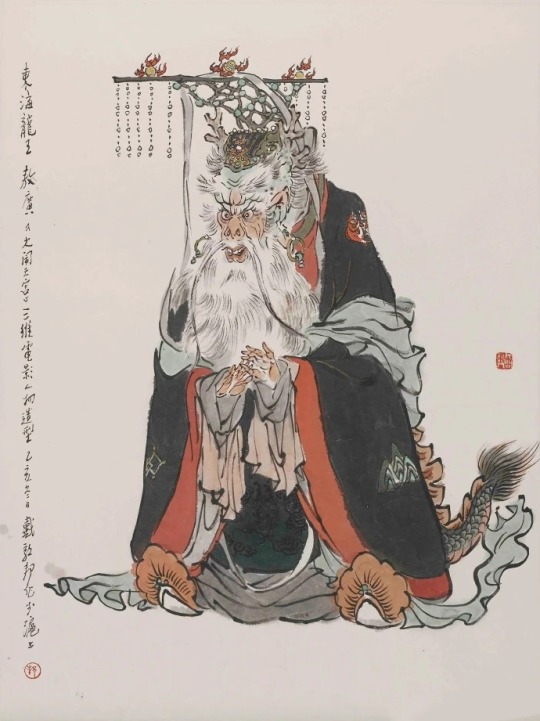
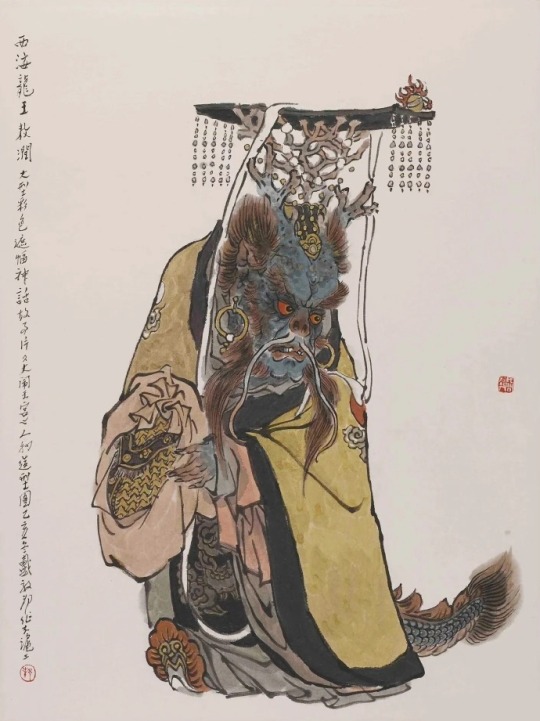
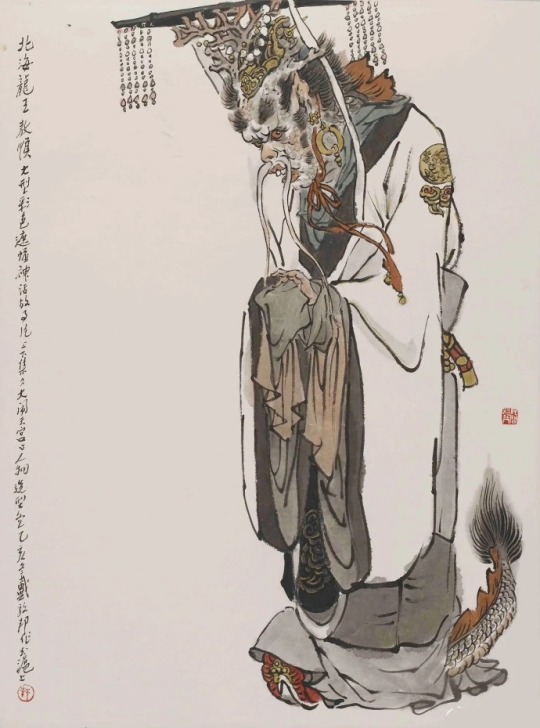
Dragon Kings of the Four Seas
Renowned Shanghai painter’s Dai Dunbang (戴敦邦) 20th century illustration for the Chinese Ming dynasty classic “Journey to the West” (《西遊記》) attributed to Wu Cheng'en (吳承恩).
#chinese art#ancient china#chinese culture#chinese painting#chinese calligraphy#chinese ink#ink painting#watercolor#dragon#dragon art#mythical creatures#chinese mythology#mythological creatures#journey to the west#chinese literature#dragon king#Dai Dunbang#西遊記
763 notes
·
View notes
Photo



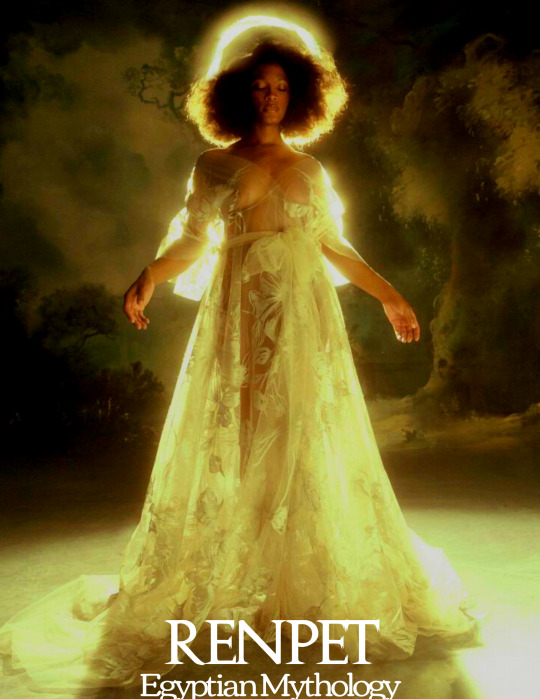
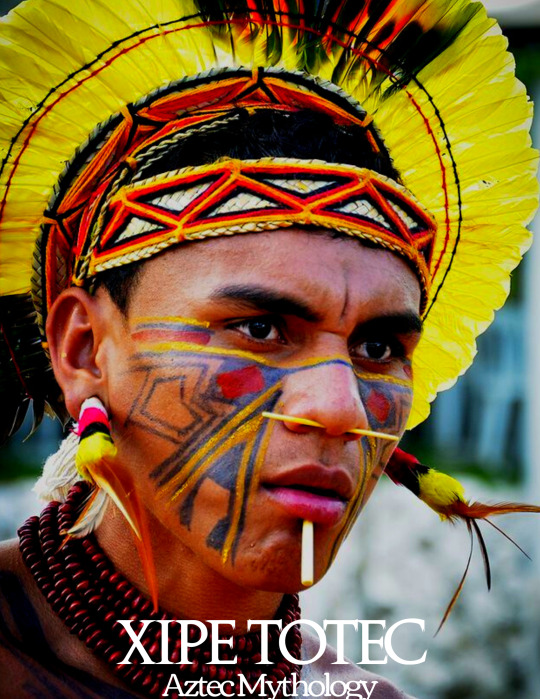

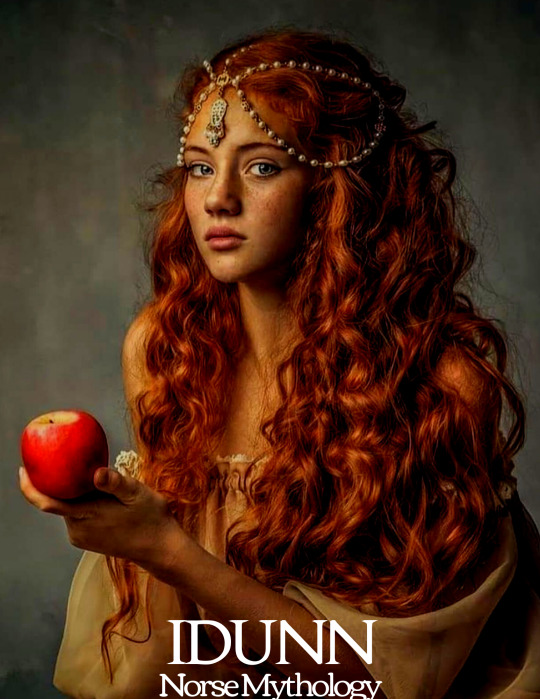
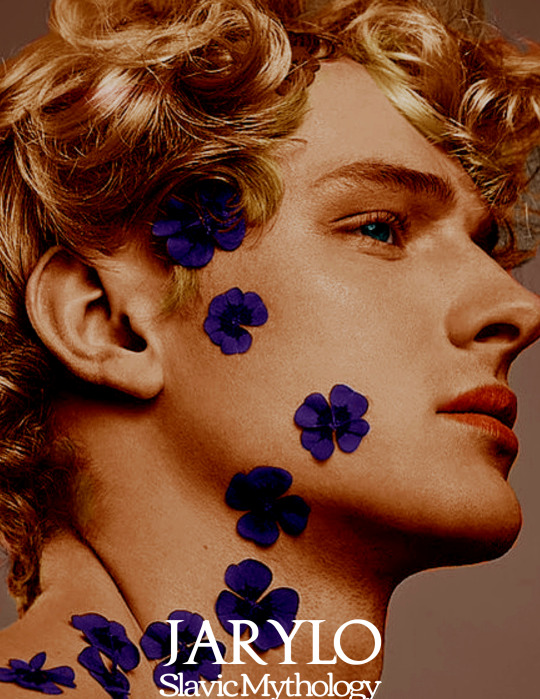
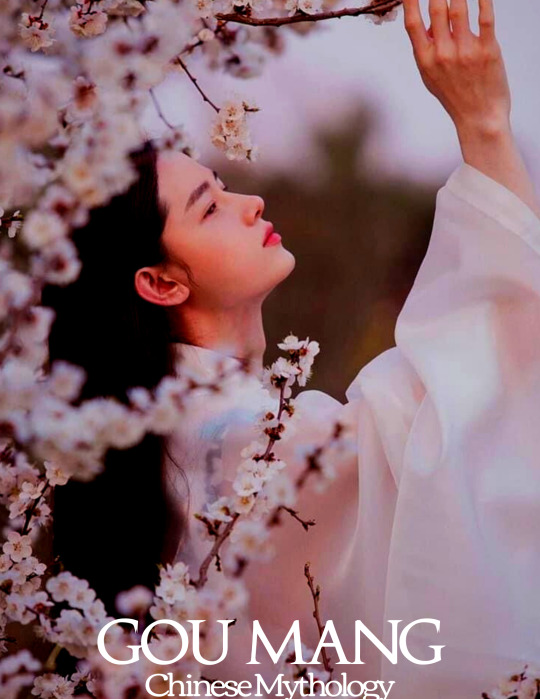

mythologies: spring deities
#greek mythology#persephone#eostre#germanic mythology#blodeuwedd#welsh mythology#renpet#egyptian mythology#xipe totec#aztec mythology#flora#roman mythology#idunn#norse mythology#jarylo#slavic mythology#gou mang#chinese mythology#belenus#cetic mythology#mythologyedit#mythedit#gods#goddesses#sorry if i missed any couldn't fit them
2K notes
·
View notes
Text

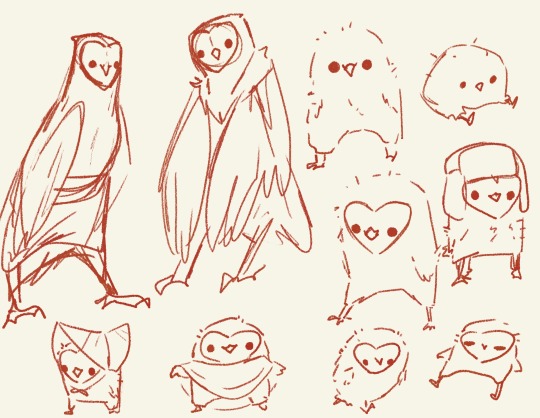


Intermediate Character design class project: animals
It’s just the monkey king
#digital art#drawing#illustration#fanart#artists on tumblr#fantasy#art#web comic#monkey#monkey king#son wukong#journey to the west#chinese mythology#oc#chinese literature#owl#barn owl#owlet
261 notes
·
View notes
Text

Something a bit different than what I normally do, but I hope you all still like it.
I was inspired by the ornate tapestries of the Medieval period, one of favorites being “The caged unicorn” So this is my very subtle homage to it.
#the caged unicorn#unicorn#qilin#kirin#concept art#creature design#bestiary#magic the gathering#dungeons and dragons#digital art#dragon#fantasy#fantasy art#drakes#mythological creatures#medieval#medievalart#asia#japanese mythology#chinese mythology
580 notes
·
View notes
Text

the lady of the moon 🐇🌙
--
This piece is now available on my shop! Link to Listing
417 notes
·
View notes
Text
[Hanfu · 漢服]Chinese immortal Hanfu <西王母/Queen Mother of the West> Based On Yuan Dynasty Taoist Temple Mural<永乐宫/Yongle Palace>
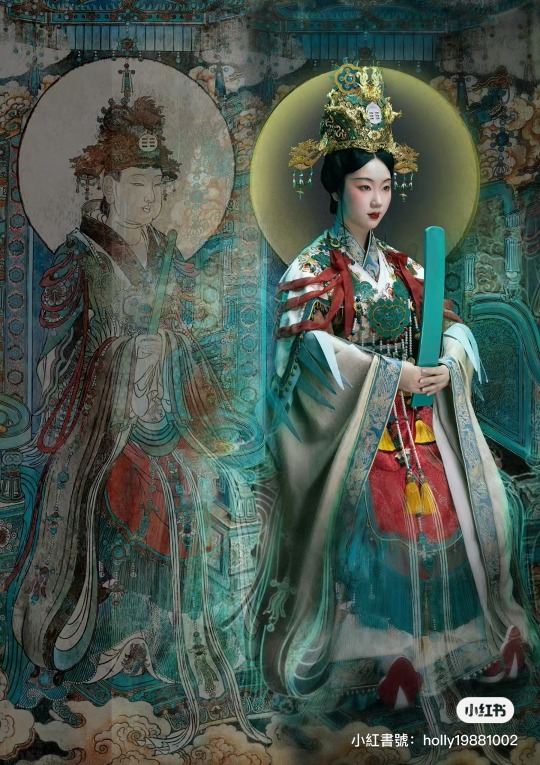
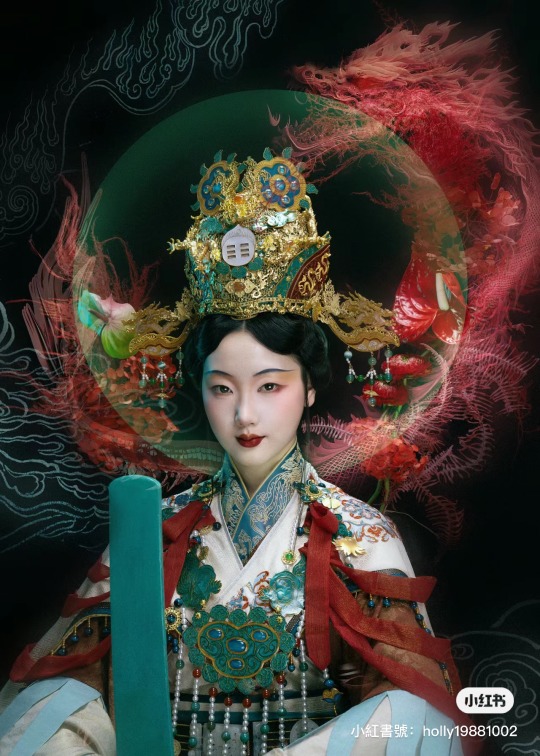
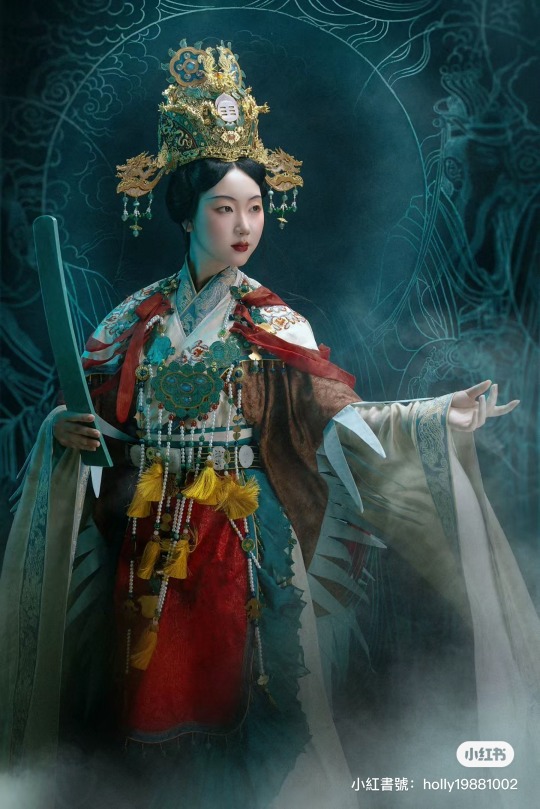
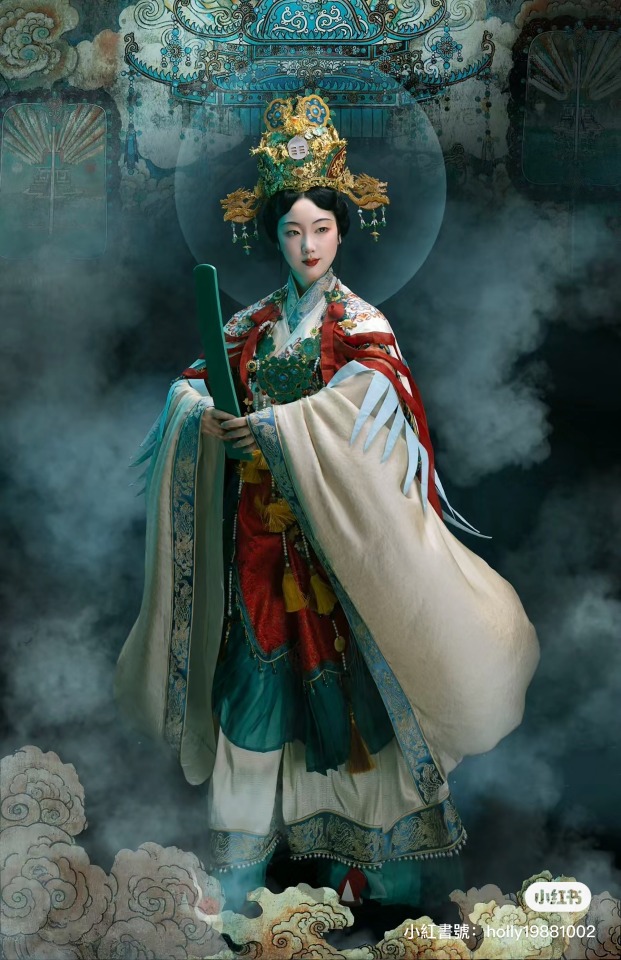
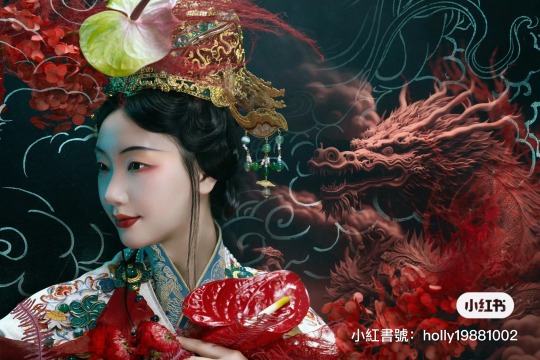
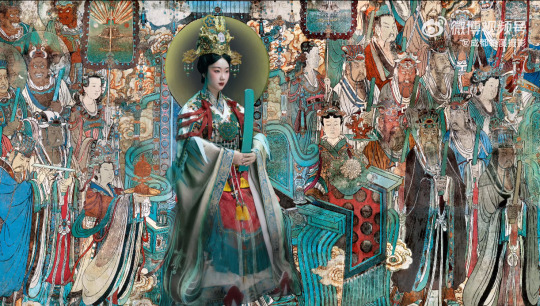
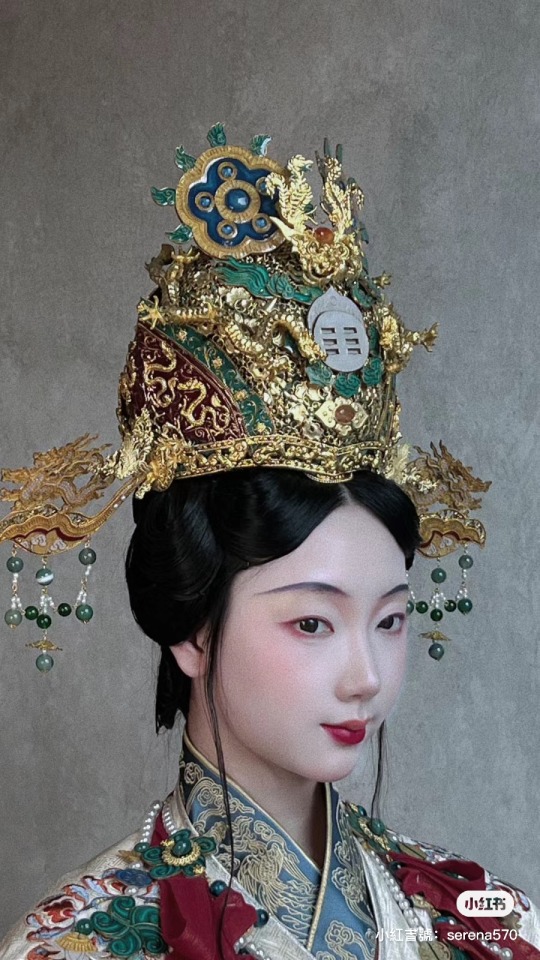
【Historical Artifacts Reference 】:
▶ China Yuan Dynasty Taoist Temple 永乐宫/Yongle Palace Mural


<西王母/Queen Mother of the West>
The Queen Mother of the West, known by various local names, is a mother goddess in Chinese religion and mythology, also worshipped in neighbouring Asian countries, and attested from ancient times.
The first mentions of the Queen Mother date back to the oracle bone inscriptions of the Shang dynasty (1766 – 1122 BCE).
One inscription reads:
Crack-making on day IX (9th day), we divined. If we make offering to the eastern mother and the western mother, there will be approval.
Western Mother refers to an archaic divinity residing in the west. The exact nature of the Mother divinities in the Shang dynasty is unclear, but they were seen as powerful forces deserving of ritual by the people of the Shang dynasty.
Originally, from the earliest known depictions of her in accounts like the Classic of Mountains and Seas during the Zhou dynasty, she was a ferocious goddess of death with the teeth of a tiger, who rules over wild beasts and sends down heavenly punishments such as pestilences. She was also mentioned as an authority ruling over other divinities such as Jiutian Xuannü, a goddess of war and sex.
Other stories hold that she is a mountain goddess or a divine tigress. She is also popularly thought to have blessed the Eight Immortals with their supernatural abilities.
After her integration into the Taoist pantheon, she gradually took on associations with other aspects, such as immortality, as well.
The Queen Mother of the West is most often depicted holding court within her palace on the mythological Mount Kunlun, usually supposed to be in western China (a modern Mount Kunlun is named after this). Her palace is believed to be a perfect and complete paradise, where it was used as a meeting place for the deities and a cosmic pillar where communications between deities and humans were possible.At her palace she was surrounded by a female retinue of prominent goddesses and spiritual attendants. One of her symbols is the Big Dipper.
Although not definite there are many beliefs that her garden had a special orchard of longevity peaches which would ripen once every three thousand years,others believe though that her court on Mount Kunlun was nearby to the orchard of the Peaches of Immortality. No matter where the peaches were located, the Queen Mother of the West is widely known for serving peaches to her guests, which would then make them immortal. She normally wears a distinctive headdress with the Peaches of Immortality suspended from it.
Flourishing parasols, we reach the chronograms' extremity;
Riding on the mist, I wander to Lofty Whirlwind Peak.
The Lady of the Supreme Primordial descends through jade interior doors;
The Queen Mother opens her Blue-gem Palace.
Celestial people—What a Crowd!
A lofty meeting inside the Cyan Audience Hall.
Arrayed Attendants perform Cloud Songs;
Realized intonations fill the Grand Empty Space.
Every thousand years, her purple crabapple ripens;
Every four kalpas, her numinous melon produces abundantly.
This music differs from that at the feast in the wilderness—
So convivial, and certainly infinite.— Wu Yun (Complete Tang Poems 1967, line 4942)
One of the earliest written references to the Queen Mother comes from the writings of the Taoist writer Zhuangzi (c. 4th century BCE):
The Queen Mother of the West obtained it [the Dao]... ...and took up her seat at Shao kuang. No one knows her beginning; no one knows her end.
Zhuangzi describes the Queen Mother as one of the highest of the deities, meaning she had gained immortality and celestial powers. Zhuangzi also states that Xiwangmu is seated upon a spiritual western mountain range, suggesting she is connected to not only the heavens, but also to the west.
Legendary encounters
In Tu Kuang-ting's text, he includes narrative accounts of the Queen Mother's encounters with legendary Chinese heroes. One such account narrates an encounter between the Queen Mother and Laozi (Lord Lao):
"In the 25th year of King Chao of the Chou dynasty (1028 BCE) …"
"…Lord Lao and the realized person Yin Hsi went traveling…"
"…on their behalf, the Queen Mother of the West explicated the Scripture of Constant Purity and Quiet."
In this account, the Queen Mother plays the role of Laozi's superior and is credited with the ultimate authorship of the Dao De Jing. This dichotomy of the Queen Mother as the superior is a characteristic of Shangqing Taoism, a goddess worshiping sect of Taoism of which Tu Kuang-ting was a master. There is also an account of a meeting between the Queen Mother and Laozi in Tang poetry.[18] This account however, being of traditional Taoist thought, has the Queen Mother taking an inferior role to Laozi, calling him "Primordial Lord" (the title of his highest manifestation) and pays homage to the sage.

<China Han Dynasty stone-relief showing 西王母/Queen Mother of the West from Sichuan,China>

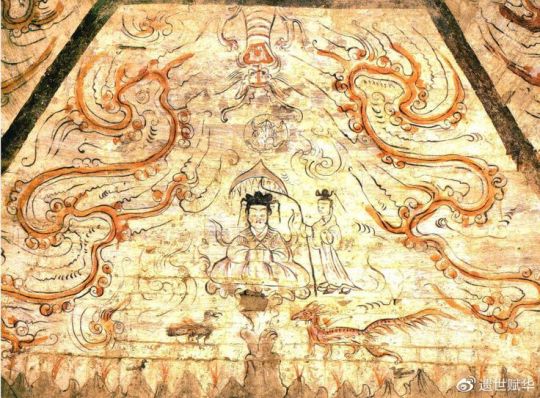
<China Wei and Jin Dynasties Mural showing 西王母/Queen Mother of the West>
————————
📸Photography post-production :@小何力
👗Hanfu & 👑Crown:@雁鸿Aimee
💄 Makeup:百丽 (临溪摄影)
👭Model:@清音音音音
🔗 Weibo:https://weibo.com/1648616372/O2R5bpBud
————————
#chinese hanfu#immortal hanfu#西王母/Queen Mother of the West#Chinese mythology#hanfu#hanfu accessories#hanfu_challenge#chinese traditional clothing#china#chinese#chinese history#china history#漢服#汉服#中華風#小何力#雁鸿Aimee#永乐宫/Yongle Palace
230 notes
·
View notes
Text

The gang hitch a ride on a friendly turtle.
#Journey to the West#Sun Wukong#Monkey King#Zhu Bajie#Pigsy#Tang Sanzang#Tripitaka#Sha Wujing#Sandy#Chinese mythology#Chinese folklore#turtle
213 notes
·
View notes
Text
Attention Western LMK fans: This is a public service announcement
when someone says “immortal” in the context of Chinese mythology they do NOT mean “can’t die”. They mean “can live forever”
Think of a mortals lifespan as a candle and an immortals lifespan as an infinitely long candle. The immortal candle can burn forever but it someone blows it out it still goes out.
Now some immortal candles are inside a building so they don’t get hit by wind or rain and others are on a patio protected only from rain. It’s different depending on how powerful they are and how many immortalities are stacked
Sun Wukong is an infinitely long trick birthday candle that can blow out in theory but no one’s been strong enough to test that theory
hope this helps clear things up
#lmk#lego monkie kid#lmk sun wukong#jttw#sun wukong#chinese mythology#immortality#ive read to many fics where they say something like “macaque couldn’t have died because he was immortal”#And I just have to take a deep breath and keep reading#I am also from America I just got a Chinese mythology hyperfixation
307 notes
·
View notes
Text
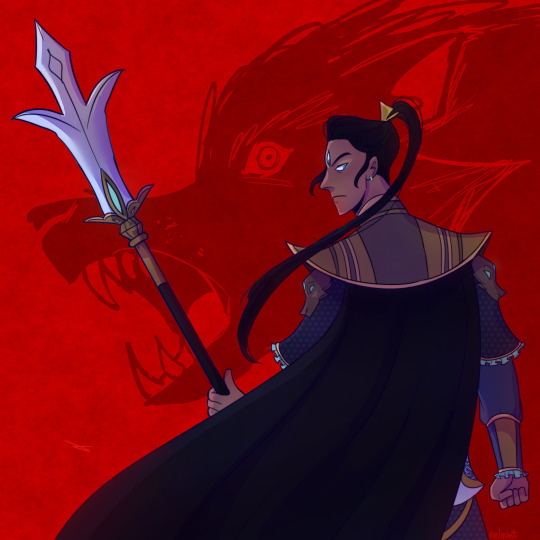
Good evening Erlang Shen enjoyers
#erlang shen#yang jian#lotus lantern#jttw#rel'sart#doodles#chinese mythology#jttw erlang shen#xiyouji#Baolian Deng#explodes him explodes him with my mind#myart
208 notes
·
View notes
Text


A couple Sun Wukong sketches to cure boredom
#my art#digital art#digital drawing#fan art#sketch#art#drawing#fanart#fantasy#monkey king#sun wukong#journey to the west#jttw#jttw wukong#jttw sun wukong#monkey#chinese mythology#mythology
331 notes
·
View notes
Text

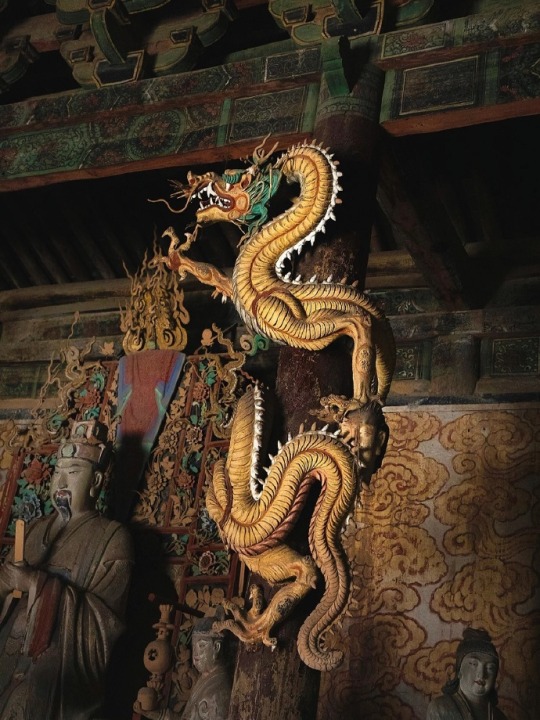

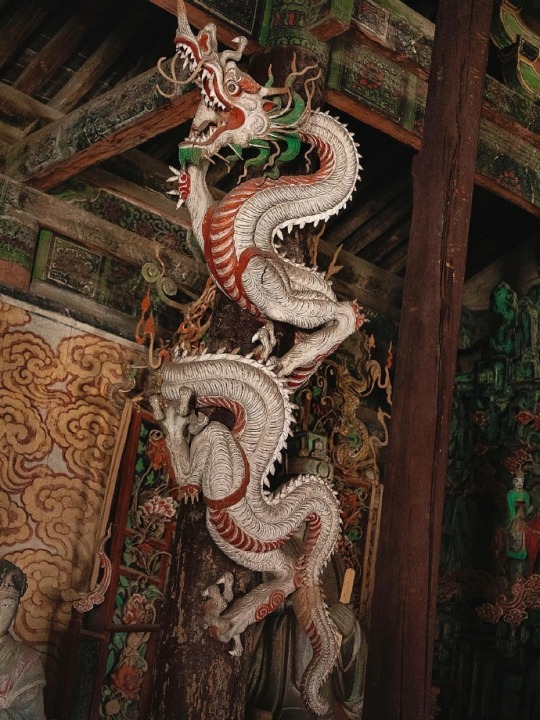

Mythological Realism: Elemental Dragons
Four-color coiled dragons on the pillars of the Supreme Talisman (Taifu) Temple (太符觀).
The dragons are painted in the colors of the primary elements, embodying the archetypal creative forces. In Chinese religious art, almost any concept can be expressed in the language of dragons.) Their children, descendants and relatives frolic on the temple walls among curly clouds.
In view of the striking liveliness, I would classify these images as mythological realism.)
Since its construction in the fifth year of the Jin dynasty (1200), the temple has been repeatedly expanded and supplemented with new buildings over the centuries. Most of the surviving statues are from the Ming dynasty.
The Supreme Talisman Temple is located in Fenyang (汾陽), Shanxi.
Photo: ©故尔耳
#ancient china#chinese culture#chinese art#chinese mythology#ming dynasty#taoist practices#religious art#chinese temple#Taoist temple#taoism#taoist#statue#sculptures#statues#daoism#jin dynasty#dragon#dragons#dragon art#creatures#wood carving#woodworking#temple architecture#wooden architecture#wooden buildings#chinese architecture
372 notes
·
View notes
Text
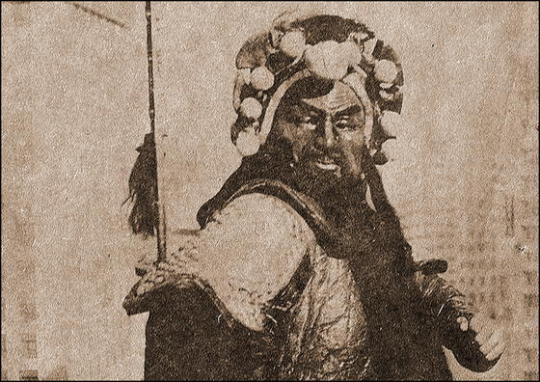


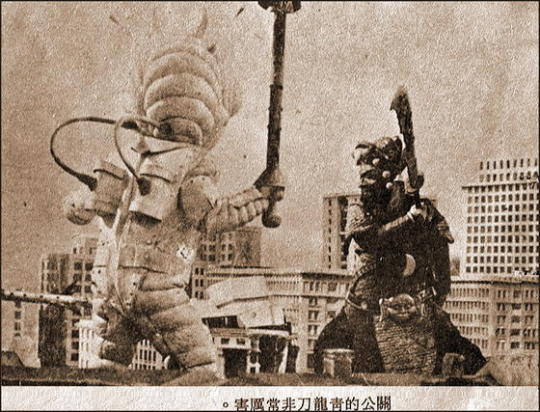
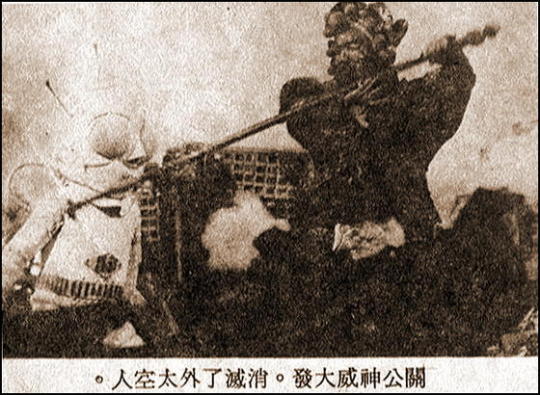
"Zhan Shen" (1976) is a Chinese movie where the war god, Zhan Shan, returns to modern times, and after growing to colossal size, battles enormous Martian invaders.
419 notes
·
View notes
Text
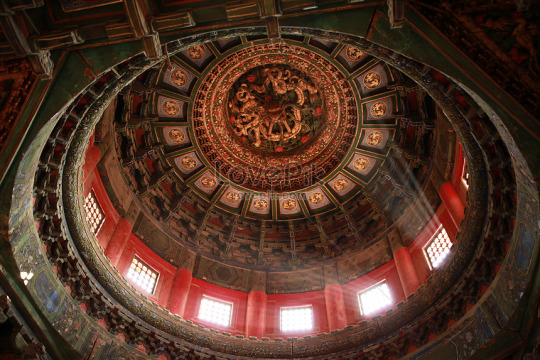
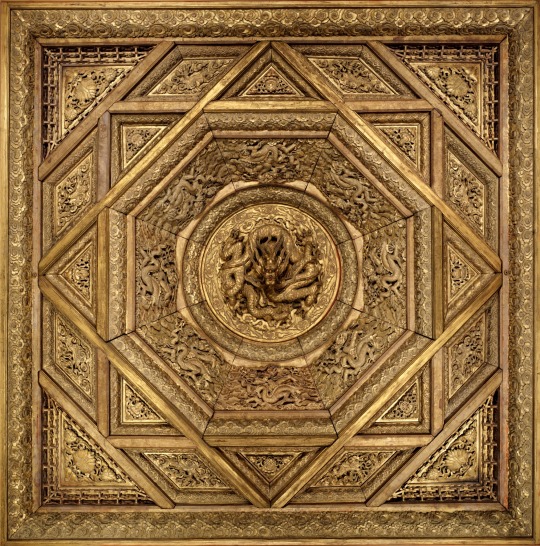
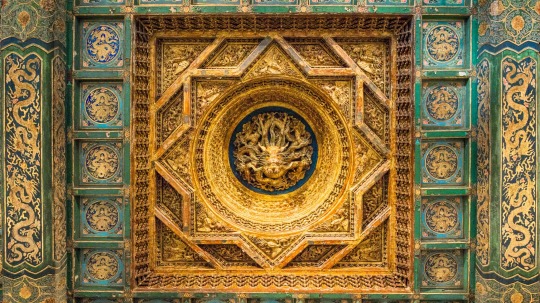

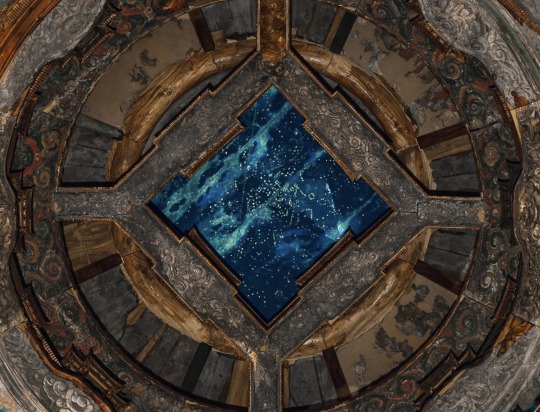

🐉 Caisson Ceilings | 藻井 🐉
A Chinese architectural feature typically found in the ceiling of temples and palaces, usually at the centre and directly above the main throne, seat, or religious figure.
#chinese culture#chinese architecture#asian architecture#asian culture#east asia#China#dragons#ceilings#temples#palaces#chinese mythology#east asian cultures#dynastic china
399 notes
·
View notes
Text


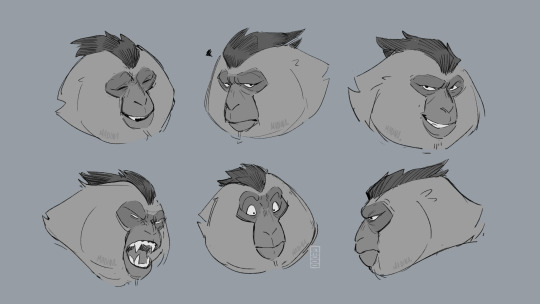


Took an interest in Sun Wukong lately, decided to try my hand at chara designing him !
I'm quite happy about the face sheet, I don't usually do these, and while they're not amazing, I'm happy to have at least tried to do it :)
(The law of equivalent exchange states that I must sacrifice the turnaround in exchange, though :>)
~~~~~~~~~~~~~~~~~~~
Please don't use or repost my art without permission or tagging me 🙏 reblogging is okay :D !
#sun wukong#original character#character design#mythical creatures#chinese mythology#sketch#monkey king#never drawing armour again#artists on tumblr#small artist#original art#my art <3#hope you enjoy#have a nice day
260 notes
·
View notes